
Definitive Issues
Watermarked Multiple Script CA
Updated - April, 2018
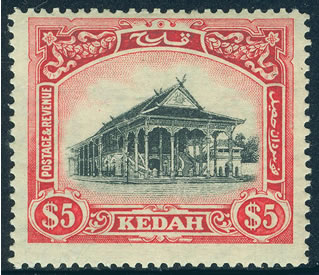
Kedah State is on the west coast of the Malay Peninsula next to Perlis State, Thailand, Perak State and the Indian Ocean. Thru a series of occupations and treaties, Kedah came under the protection of "His Britannic Majesty". Stamps from the Federated Malay States were used until stamps specific to Kedah were printed beginning in 1912.
The 1921 set was printed on paper watermarked with Multiple Script CA. The stamps from this set were used until 1937 when stamps with a new design of Sultan Abdul Hamid Halimshah were printed on paper watermarked Multiple Script CA.
This is a very complex set with a number of options for collecting it.
You can identify this set by first determining the difference between
Multiple Crown CA and Multiple Script CA, then sorting print dies, and
finally identifying some of the color shades of the printings. If you
want to make your collection more complete, there are watermark variations
that occurred at various times, wet and dry paper differences, and perforation
variations as well.
The stamps watermarked Multiple Crown CA will have sans serif letters
with a crown that is narrow and straight edged. The Multiple Script CA
watermark has cursive letters and a crown that is more rounded. You may
also want to look for the Crown to the Left or Right versions of the watermark
on the larger format stamps. See the images of the two watermark options
below for reference. They are shown as normally seen from the back.
There are three different print dies that were used for this set. The value tablets of the 1c and 2c issues were replaced from the original die to redrawn dies in 1938. The differences are illustrated below. In addition to the two lower values, the 10c, 25c, 30c, 40c, and 50c issues were printed originally using Center Plate I and a redrawn Center Plate II was used beginning in 1927. The differences are shown below.
Color shades can be difficult to sort, especially when you only have a couple of stamps to compare. They typically occur when the stamps are printed after the initial printing. Today we have computer color matching, but during this time it was done by hand with components that might differ from the original ink formula. I like to place the stamps against black and then white paper and view them under a strong light. The images shown attempt to show the colors, but they do not show them as well as viewing the stamps in person. So use the images as relative indicators.
For the advanced collector, there are comb and line perforation varieties; also wet and dry printings of the lower values to consider.
Stamps are perforated using machinery that punches the holes between
the stamps. Two different types of perforators were used for some of the
low values. A line perforator punches one row of holes at a time. This
produces what often appears to be a ragged corner on one or more sides
of the stamp. A comb perforator punches on three sides at a time (like
a comb). This tends to create a much more even look to the corners of
the stamps. The stamp listings below identify the perforation options
for each of the lower values. Only the 6c is actually catalogued and only
because the color shade changed.
According to the Stanley Gibbons Catalogue, two different versions of
paper were used for the lower values in this set. Initially, the stamps
were printed first and then gummed after the paper dried. This is known
as the "wet" method. After 1933, pre gummed paper was used.
This is called the "dry" method. The wet paper actually shrunk
whereas the dry paper did not. The result is that the dry paper stamps
are .05mm wider than the wet paper stamps. These variations are not shown
here because they are impossible to see in the stamp illustrations. Although
they are footnoted, they are not assigned any catalogue numbers. As a
result, only specialist collectors identify them.
Unlike modern stamps which are issued in the millions, definitive sets
from this time period were issued very conservatively. I do not have the
quantity printed, but would be interested in adding this information to
this page if a fellow collector provides it.
The catalog numbers are from the 2013 Stanley Gibbons Stamp Catalogue (SG) and the 2011 Scott catalog (ST). The historical details, description and dates are from "The Postage Stamps of the Federated Malay States, Johore, Kedah, Kelantan, Negri Sembilan, Pahang, Perak, Selangor, Straits Settlements, Sungei Ujong, and Trengganu" by Dr. F. E. Wood. You can access the catalogue publishers using the "Links to British Colonial Stamp Sites" at the bottom of this page.
The images were saved in a larger size and at a higher resolution so you can more easily see the details used in sorting them. Please be patient if it takes a few minutes for this page to load.
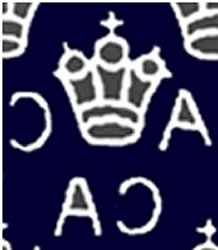
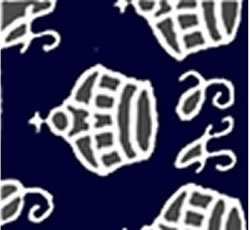
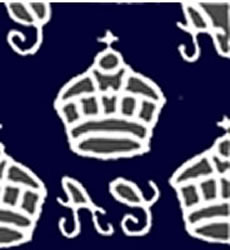
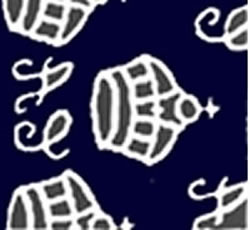
Multiple Crown CA
Multiple Script CA
Crown to the Left of CA
Multiple Script CA
Multiple Script CA
Crown to the Right of CA
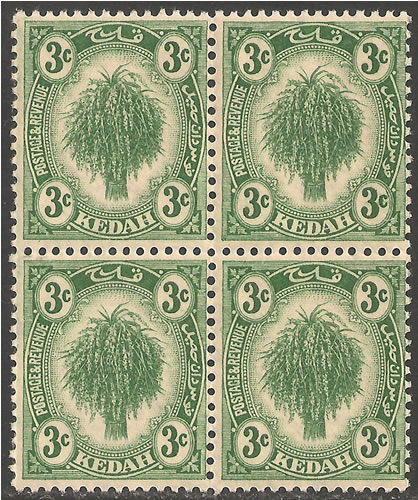
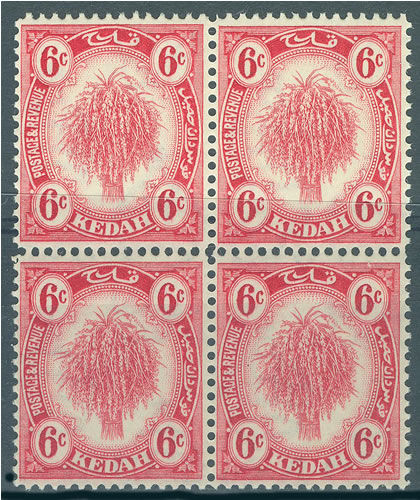
Notice how the perforations meet evenly at the intersection
of the stamps. A comb perforator punches on three sides at a
time which produces this even perforation.
Notice how the perforations meet irregularly at the intersection
of the stamps. A line perforator punches one line at a time.
As a result, the perforations do not meet evenly at the corners.
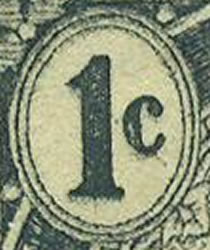
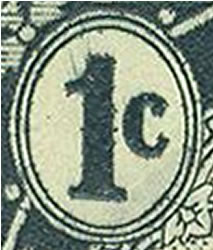

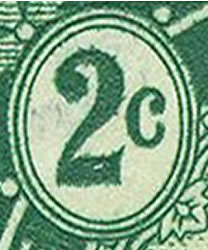
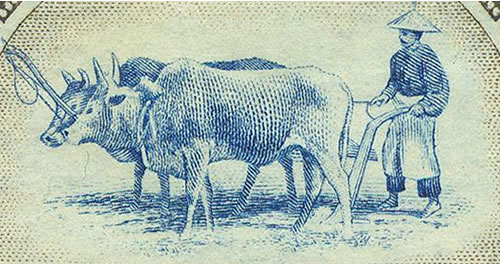

Notice the shading on the cow, the plow, the farmer's hat,
and the smaller shape of the shading under the cows.
Notice the shading on the cow, the plow, the farmer's hat,
and the larger shape of the shading under the cows.
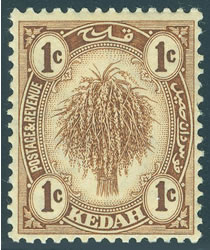
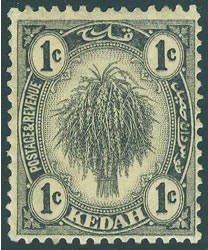
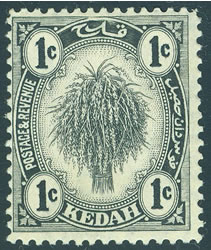
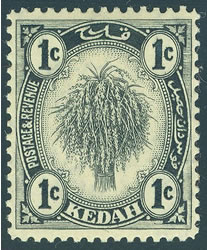
1c Brown
Plate 1
Comb Perf
1c Black
Plate 1
Comb Perf
1c Black
Plate 1
Line Perf
1c Black
Plate 2
Line Perf
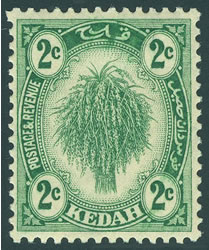
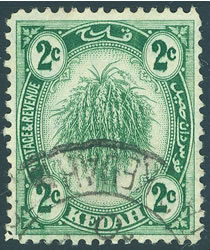
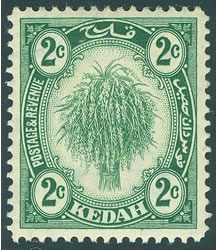
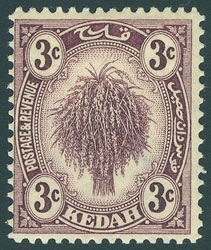
2c Green
Plate 1
Comb Perf
2c Green
Plate 1
Line Perf
2c Green
Plate 2
Line Perf
3c Deep Purple
Comb Perf
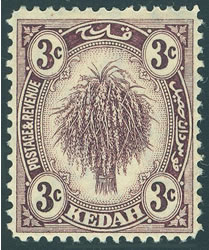
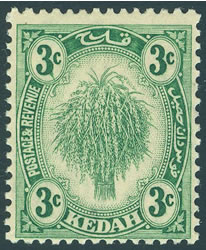
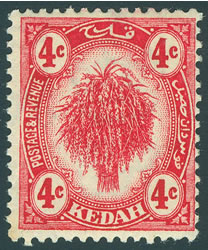
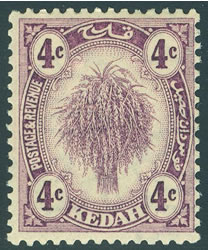
3c Deep Purple
Line Perf
3c Green
Comb Perf
4c Deep Carmine
Comb Perf
4c Violet
Comb Perf
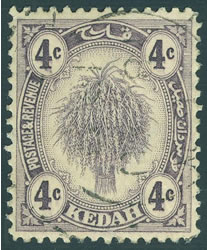
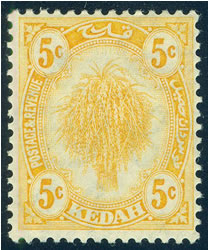
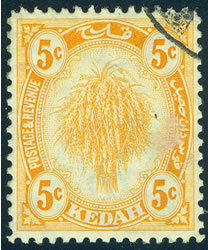
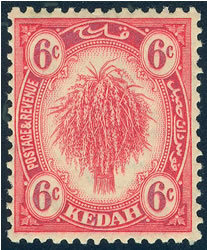
4c Violet
Line Perf
5c Yellow
Comb Perf
5c Yellow
Line Perf
6c Carmine
Comb Perf
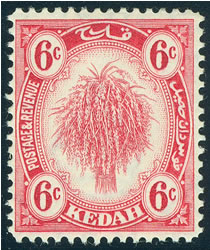
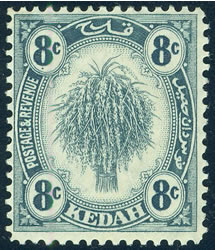
6c Carmine
(SG - Carmine-Red)
Line Perf
8c Grey-Black
Line Perf
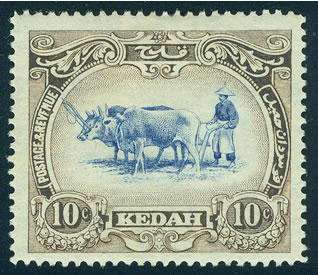 |
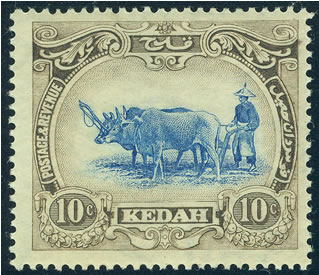 |
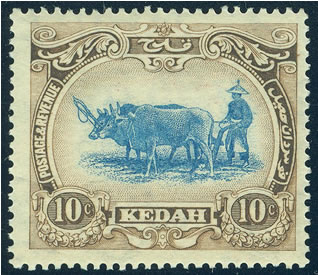 |
| SG 30 - ST 10c Blue & Sepia Center Plate 1 |
SG 30b - ST 10c Blue & Sepia Center Plate 2 |
SG 30b - ST 10c Blue & Brown Center Plate 2 |
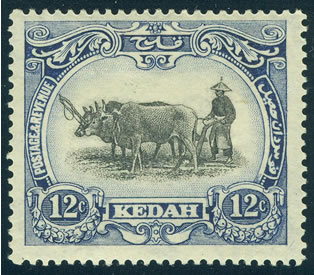 |
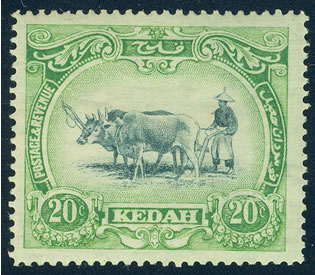 |
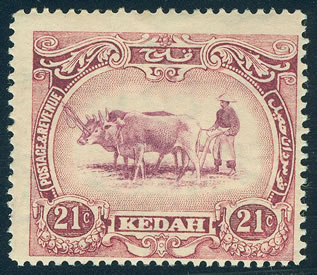 |
| SG 58 - ST 12c Black & Indigo Center Plate 2 |
SG 31 - ST 20c Black & Yellow-Green Center Plate 1 |
SG 32 - ST 21c Mauve & Purple Center Plate 1 |
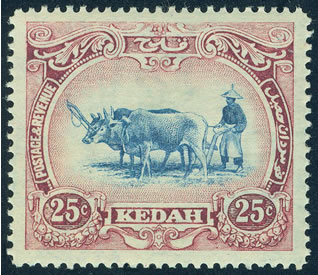 |
 |
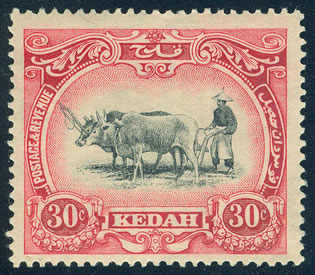 |
| SG 33 - ST 25c Blue & Purple Center Plate 1 |
SG 33a - ST 25c Blue & Purple Center Plate 2 |
SG 34 - ST 30c Black & Rose Center Plate 1 |
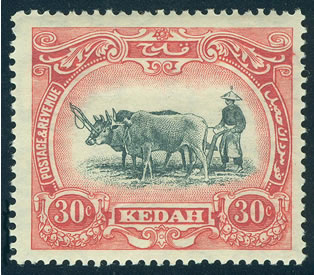 |
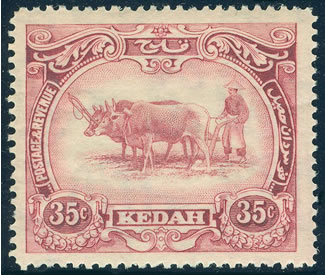 |
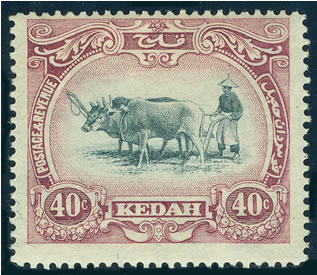 |
| SG 34a - ST 30c Black & Rose Center Plate 2 |
SG 59 - ST 35c Purple Center Plate 2 |
SG 35 - ST 40c Black & Purple Center Plate 1 |
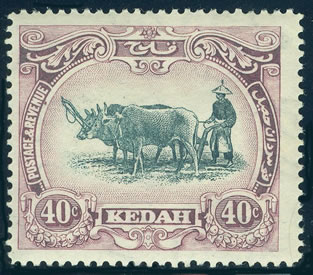 |
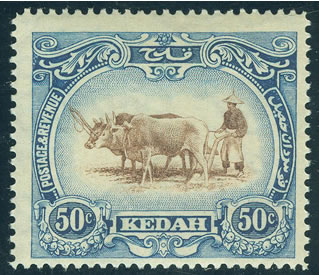 |
 |
| SG 35b - ST 40c Black & Purple Center Plate 2 |
SG 36 - ST 50c Brown & Blue Center Plate 1 |
SG 36b - ST 50c Brown & Blue Center Plate 2 |
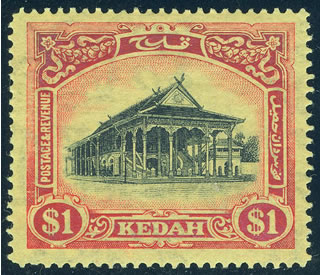 |
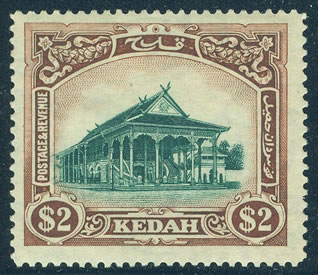 |
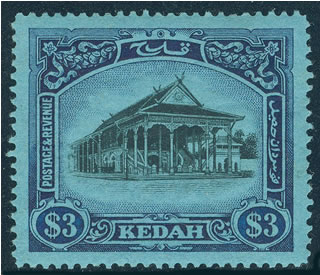 |
| SG 37 - ST $1 Black & Red Yellow Paper |
SG 38 - ST $2 Green & Brown |
SG 39 - ST $3 Black & Blue Blue Paper |
 |
||
| SG 40 - ST $5 Black & Carmine |
||
This article was written to help you identify your stamps.
Please feel free to ask a question, or include a correction.